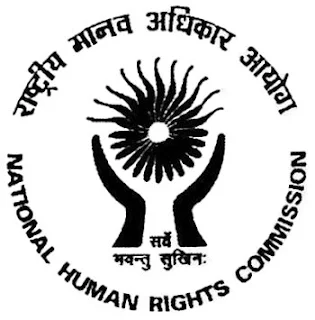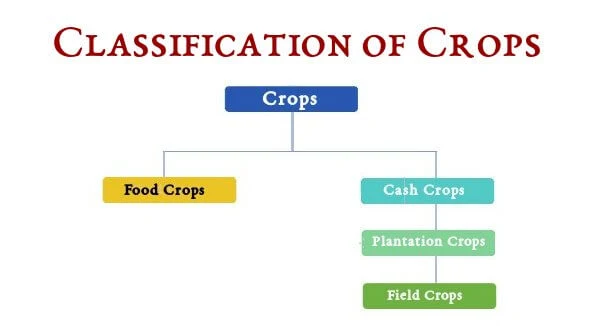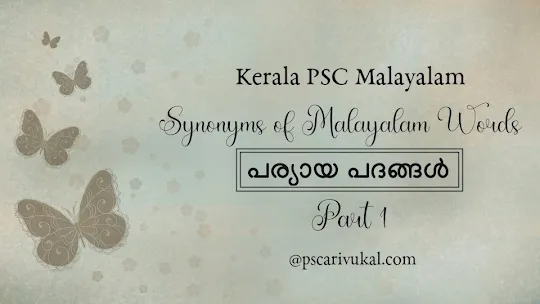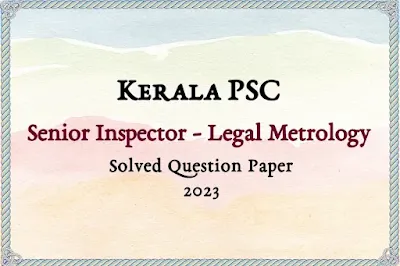Along with the NHRC, State Human Rights Commissions and Human Rights Courts for protection of Human Rights were also set under the Protection of Human Rights Act (PHRA), 1993.
The National Human Rights Commission is an important topic included in the forthcoming Kerala PSC 10th Preliminary exam syllabus.
We attempted to keep the matter as basic as possible in order to minimise confusion regarding the no. of NHRC members and other details, so we hope this helps.
Basic Facts
- Established in – October 12, 1993.
- Headquarters – Sardar Patel Bhavan, New Delhi (Formerly Manav Adhikar Bhawan).
- Epithet – Watch Dog of Human Rights in India.
- Motto – Sarve Bhavantu Sukhinah (May All be Happy).*
- Total Members – 6 (Chairman & 5 members).
- First Chairman of NHRC – Justice Ranganath Misra.
- Current Chairman of NHRC – Vijaya Bharathi Sayani (Acting).
- First Malayali Member of NHRC – Fathima Beevi (1993).
- First Malayali Chairman of NHRC – Justice K.G. Balakrishnan (6th).
- Longest-serving Chairman of NHRC – Justice K.G. Balakrishnan.
- Current Secretary-General of NHRC – R.K. Bhargava.
- Article pertaining to NHRC – Part III of the Constitution (Article 12 to 35; Fundamental rights).
What are Human Rights?
History
Structure of NHRC
- Appointed by – President of India. (Section 4, Protection of Human Rights Act, 1993)
- Term – 3 years or till the age of 70 years. (Section 6, Protection of Human Rights Act, 1993)
- Removed by – President of India. (Section 5, Protection of Human Rights Act, 1993)
- Selection Committee Members: (Section 4, Protection of Human Rights Act, 1993, 6 members)
- Prime Minister (Head / Chairman),
- Union Home Minister,
- Speaker of the Lok Sabha,
- Deputy Chairman of the Rajya Sabha,
- Leaders of the Opposition in both the Houses of Parliament.
- Divisions – Commission also has five Specialized Divisions.
- Law Division,
- Investigation Division,
- Training Division,
- Administration Division,
- Policy Research & Programmes Division.
Human Rights (Amendment) Bill, 2019
- Presented by – Amit Shah (Home Minister).
- Presented on – 2019 July 8.
- Passed by Lok Sabha – 2019 July 19.
- Passed by Rajya Sabha – 2019 July 22.
- President signed the Bill on – 2019 July 27.
- Enforced as the law on – 2019 August 02.
- The term of office was reduced from 5 to 3 years.
- Total no. of members – 6 (Chairman & 5 members; excluding ex-officio members).
- Chairman of NHRC – Judge /Chief Justice of the Supreme Court and is also eligible for re-appointment. (Section 7, Protection of Human Rights Act, 1993)
- One member – is/was a Judge of the Supreme Court of India.**
- One member – is/was a the Chief Justice of a High Court.**
- Three Members – persons having knowledge of, or practical experience in, matters relating to human rights.
- Out of the 3 members, one must be a woman.
- Increased no. of ex-officio members to 7. They are as follows:
- Chairperson of the National Commission for Minorities,
- Chairperson of the National Commission for Scheduled Castes,
- Chairperson of the National Commission for Scheduled Tribes,
- Chairperson of the National Commission for Women,
- Chairperson of the National Commission for Protection of Child Rights, &
- Chief Commissioner for Persons with Disabilities.
- The Secretary-General can now exercise all the administrative and financial powers (except judicial functions) under Chairman’s guidance.
- Removed the 5 year limit of reappointment.
List of Chairman & Acting Chairmans of NHRC
The Former chairpersons of the National Human Rights Commission were as follows:
| Sl. No. | Name | Term |
|---|---|---|
| 1 | Justice Ranganath Mishra | 26 Oct 1993 – 24 Nov 1996 |
| 2 | Justice M. N. Venkatachaliah | 26 Nov 1996 – 24 Oct 1999 |
| 3 | Justice J. S. Verma | 4 Nov – 17 Jan 2003 |
| 4 | Justice A. S. Anand | 17 Feb 2003 – 31 Oct 2006 |
| 5 | Justice S.. Rajendra Babu | 2 April 2007 – 31 May 2009 |
| 6 | Justice K. G. Balakrishnan | 7 June 2010 – 11 May 2015 |
| 7 | Justice H. L. Dattu | 29 Feb 2016 – 2 Dec 2020 |
| 8 | Justice Arun Kumar Mishra | 2 June 2021 – 1 June 2024 |
| Sl. No. | Name | Term |
|---|---|---|
| 1 | Dr. Justice Shivaraj Patil | 1 Nov 2006 – 1 April 2007 |
2. | Justice G.P. Mathur | 1 June 2009 – 6 June 2010 |
3. | Justice Cyriac Joseph | 11 May 2015 – 28 Feb 2016 |
Functions of NHRC
- Proactively or re-actively inquire into infringements of human rights or negligence in the prevention of such violation by a public servant.
- Undertake and promote research in the field of human rights.
- Review the factors, including acts of terrorism that violate human rights, and recommend appropriate remedial measures.
- Can study international treaties/instruments on human rights and make recommendations for their effective implementation,
- By leave of the court, to intervene in court proceedings relating to human rights.
- To visit any jail or other institution under the control of the State Government, where persons are detained or lodged for purposes of treatment, reformation or protection, for the study of the living conditions of the inmates and make recommendations.
- Review the safeguards provided by or under the Constitution or any law for the time being in force for the protection of human rights and recommend measures for their effective implementation.
- Engage in human rights education among various sections of society and promote awareness of the safeguards available for the protection of these rights through publications, the media, seminars, and other available means.
- Support the efforts of NGOs and institutions working in the field of human rights.
Limitations of NHRC
- The NHRC cannot hold jurisdiction in the following cases:
- Frivolous cases,
- Cases older than one year,
- Cases pertaining to service matters,
- Cases that are anonymous, pseudonymous, or vague.
- Has limited jurisdiction over cases pertaining to the armed forces, BSF, or any other paramilitary forces.
- Recommendations made by the NHRC are not binding.
- Doesn't have the power of prosecution over authorities that if they don’t implement NHRC's recommended orders.
- Can't take any action against Human rights violations by private parties.
- Despite being an autonomous body, it is dependent on the Government for manpower and money.
📝SideNotes:
- Human Rights Day – December 10.
- The document that is widely recognized as the start of Modern Democracy and the cornerstone for Human rights – Magna Carta of 1215 / the Great Charter.
- *Autonomous Body – an organization set up by the Govt. for a specific purpose. In this case, it should be specified NHRC is not a constitutional body.
- *Sarve Bhavantu Sukhinah – Source unclear; but not from Brihadaranyaka Upanishad.
- Chairperson of the National Commission for Women – Rekha Sharma.
- Chairperson of the National Commission for Scheduled Castes – Vijaya Sampla.
- Chairperson of the National Commission for Scheduled Tribes – Harsh Chouhan.
- Chairperson of the National Commission for Minorities – Syed Shahezadi.
- Chief Commissioner for Persons with Disabilities – Kamlesh Kumar Pandey.
- Chairperson of the National Commission for Protection of Child Rights – Priyank Kanoongo.








Post a Comment
Post a Comment